Notes from the Field
As the newly established floristic and outreach coordinator, this year I joined our Research & Conservation Department on various field adventures across Colorado. From the prairie of the Eastern Plains to the canyonlands of the Western Slope, I collected data and asked questions with the intent of better understanding the work of scientists in this department, from their research objectives to methods of collecting data.
Early in the season, I joined an expedition studying populations of Colorado hookless cactus, or Sclerocactus glaucus, on the Western Slope. Previously classified as a Federally listed threatened species, our team has been monitoring this species’ population dynamics since 2008. This data contributed to the cactus being de-listed from the Endangered Species Act, ideally freeing up resources to protect other rare species. Although this area near Grand Junction can be dreadfully hot in the summer, in April it was perfect—chilly and overcast. The red of the canyons contrasted strikingly with the green junipers. Although afternoon thunderstorms would threaten our ability to conduct field work, throughout the week we set up transects based on previously monitored plots and collected data on the cactus.
In the alpine, we trekked up Hoosier Pass to search for the rare Weber’s saw-wort (Saussurea weberi) for seed collection. The seeds of this and other rare, alpine species are stored in ex-situ collections to help with potential population recovery amid climate change and other threats. We also conduct experiments on the seeds to determine their germination preferences and ability to be stored for long periods of time. Our quest was frequently impeded by breathless pauses and sightings of curious pika, but we found several of the little plants, nonetheless.
Moving further east to the plains, we surveyed the Ballyneal Golf Course’s rough areas, aiming to expand the collections in the Kathryn Kalmbach Herbarium. Our natural history collections focus on Colorado, but the Eastern Plains tend to be under-collected, due to private land and agriculture. We roamed through the billowing needle-and-thread grass (Hesperostipa comata) and prairie spiderwort (Tradescantia occidentalis), which sparkled like purple jewels across the verdant prairie. By collecting species with flowers or fruits, we aimed to document the area’s biodiversity.
These snapshots offer only a glimpse into our team's remarkable work. From uncovering species new to science to understanding Denver's urban ecology, our endeavors have local and global scientific significance, all while fueling our passion for exploration.
This post was contributed by Floristic and Outreach Coordinator Alissa Iverson.
Gallery
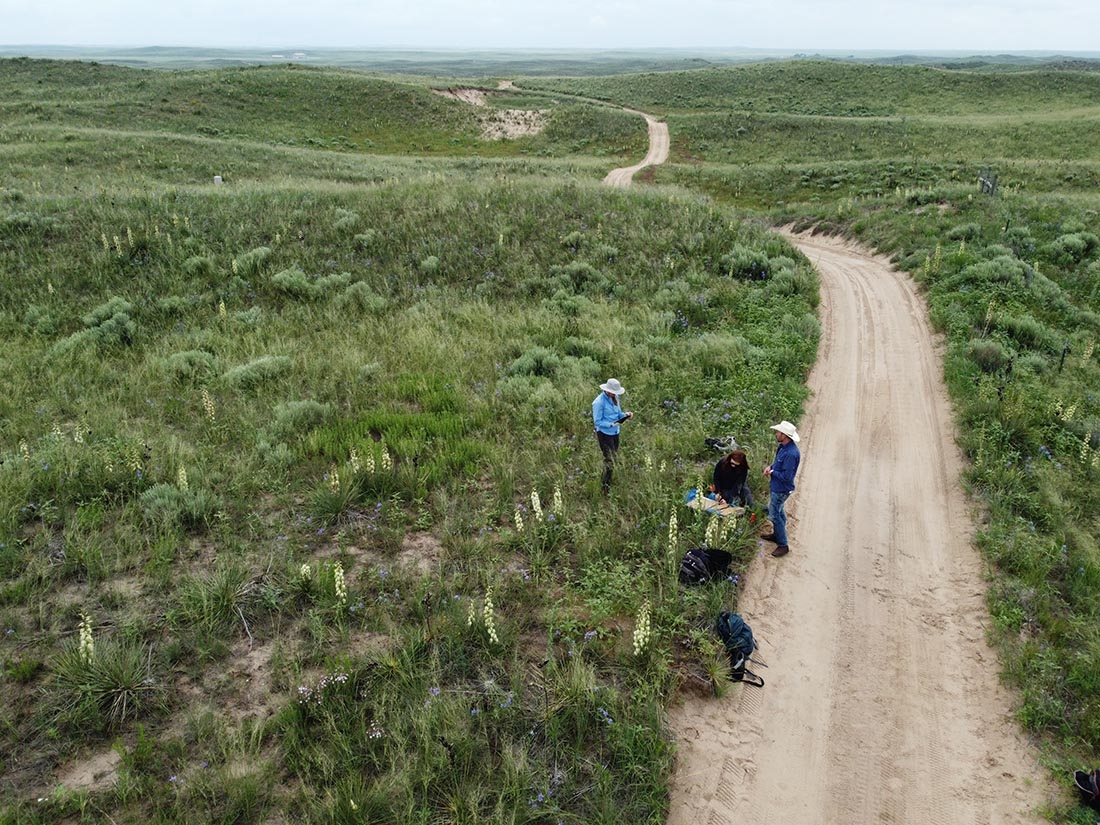
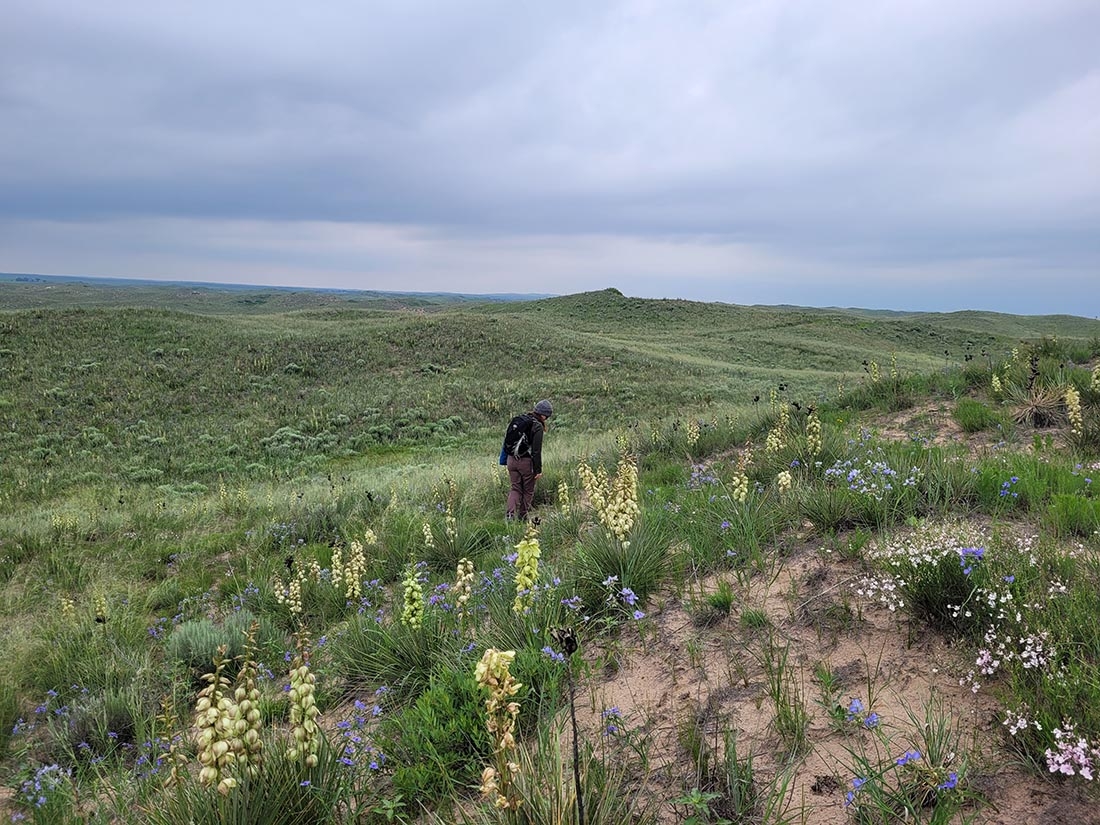
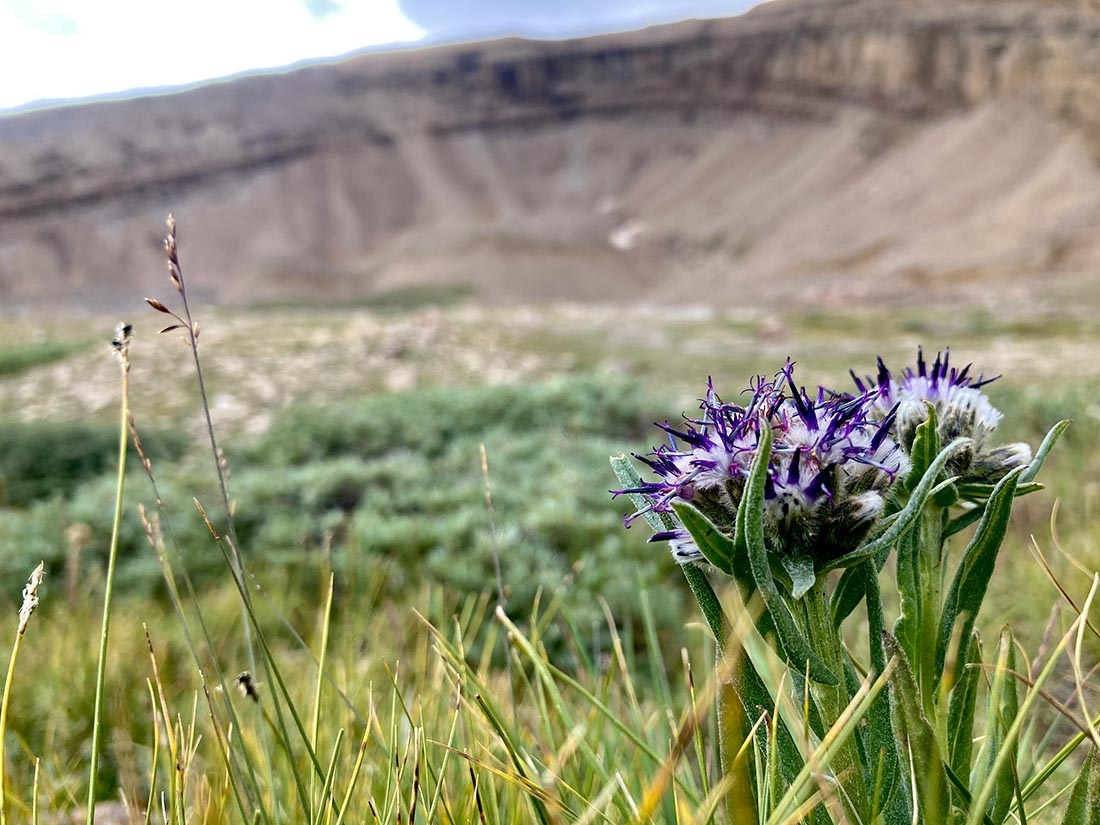
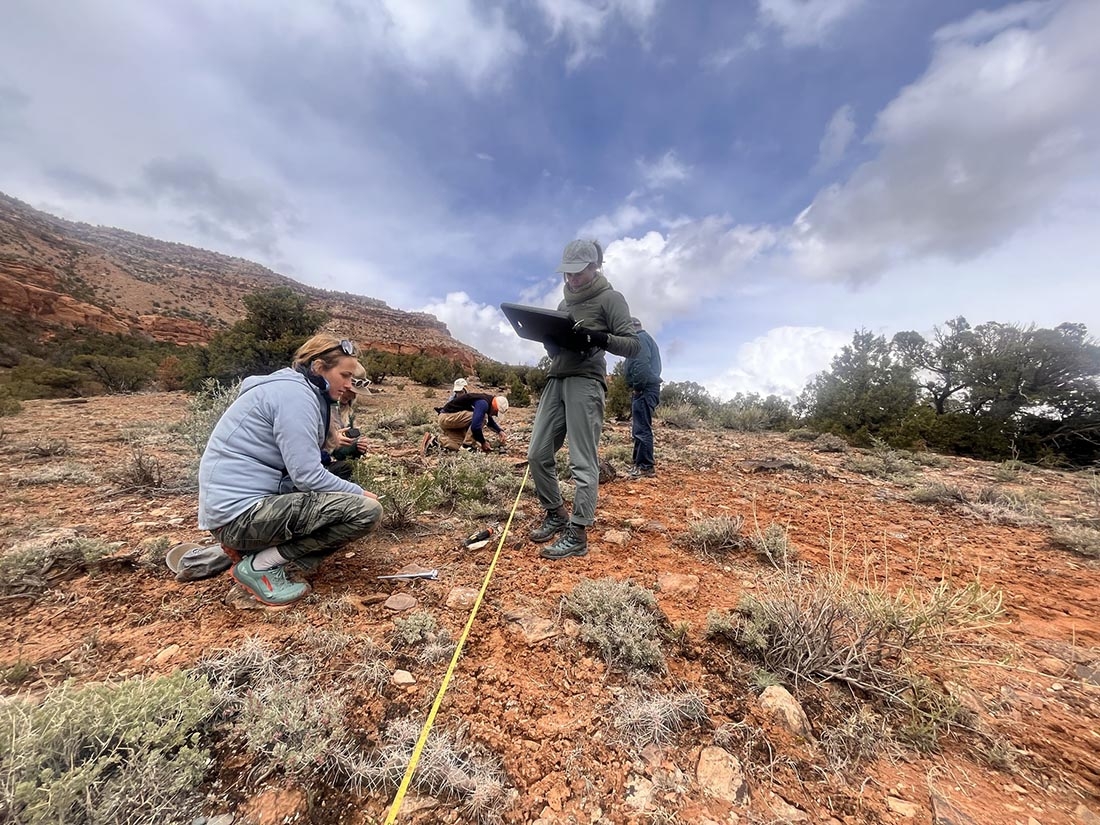
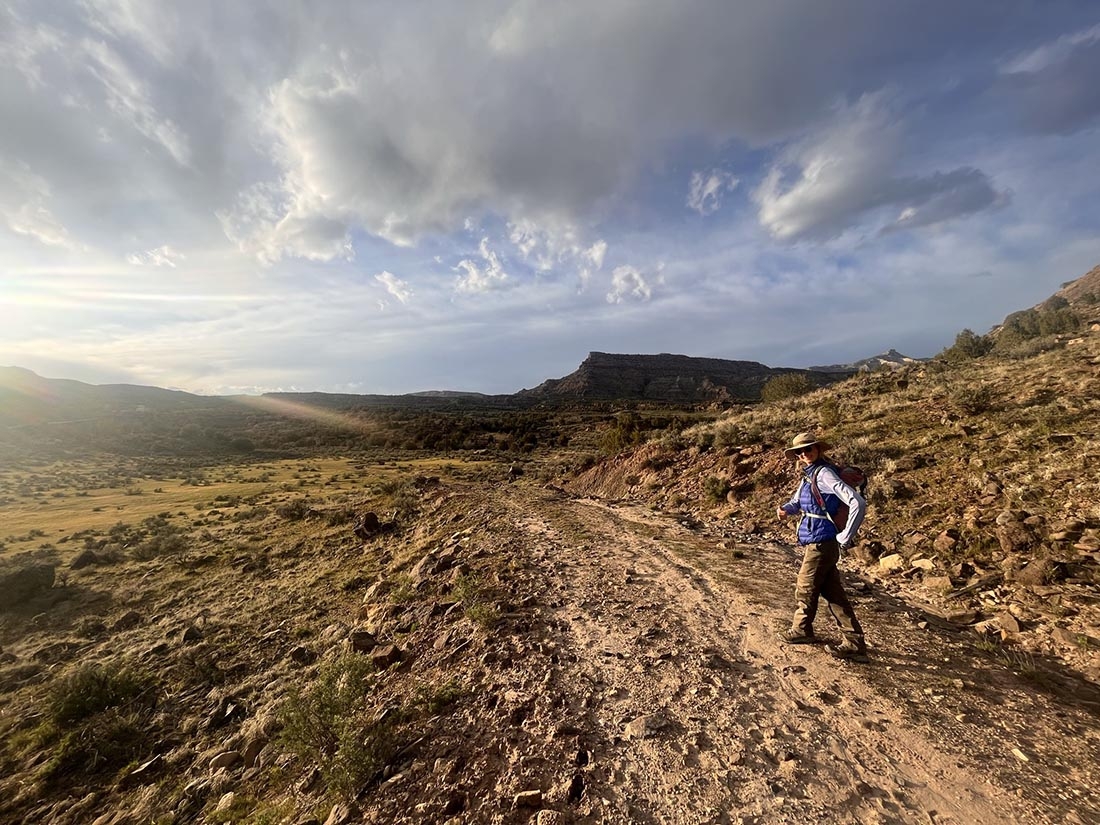
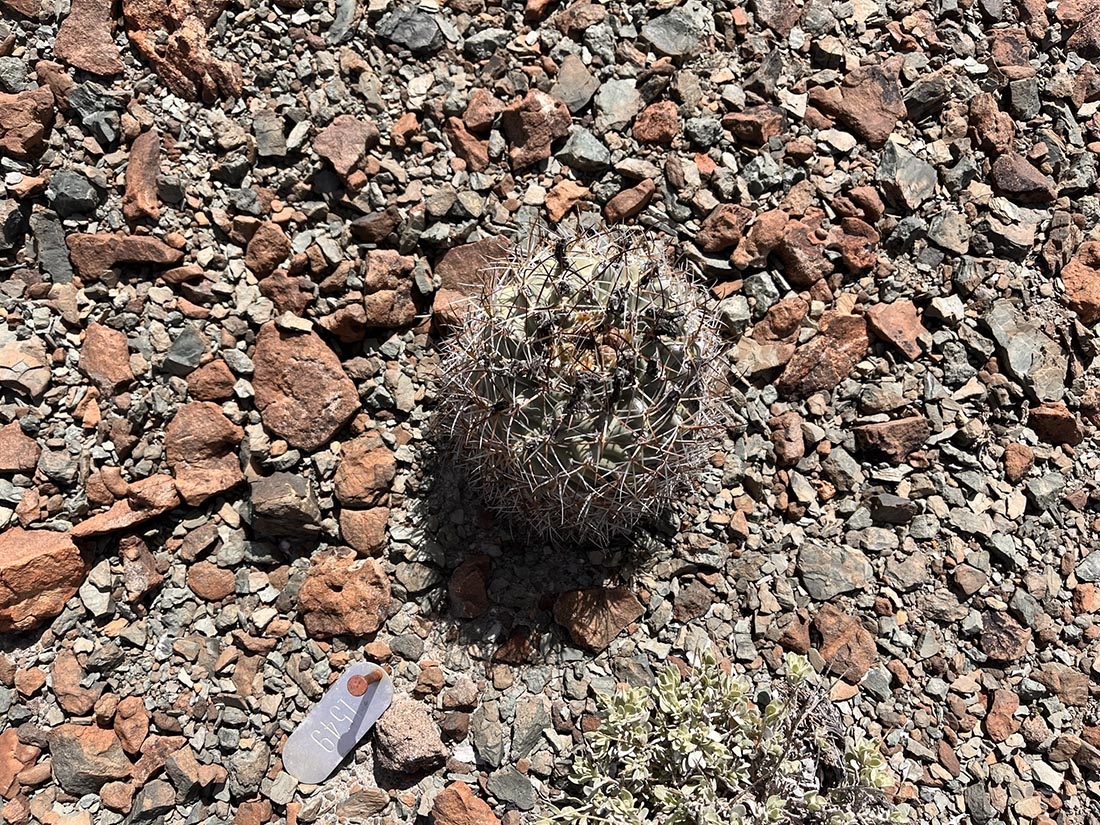
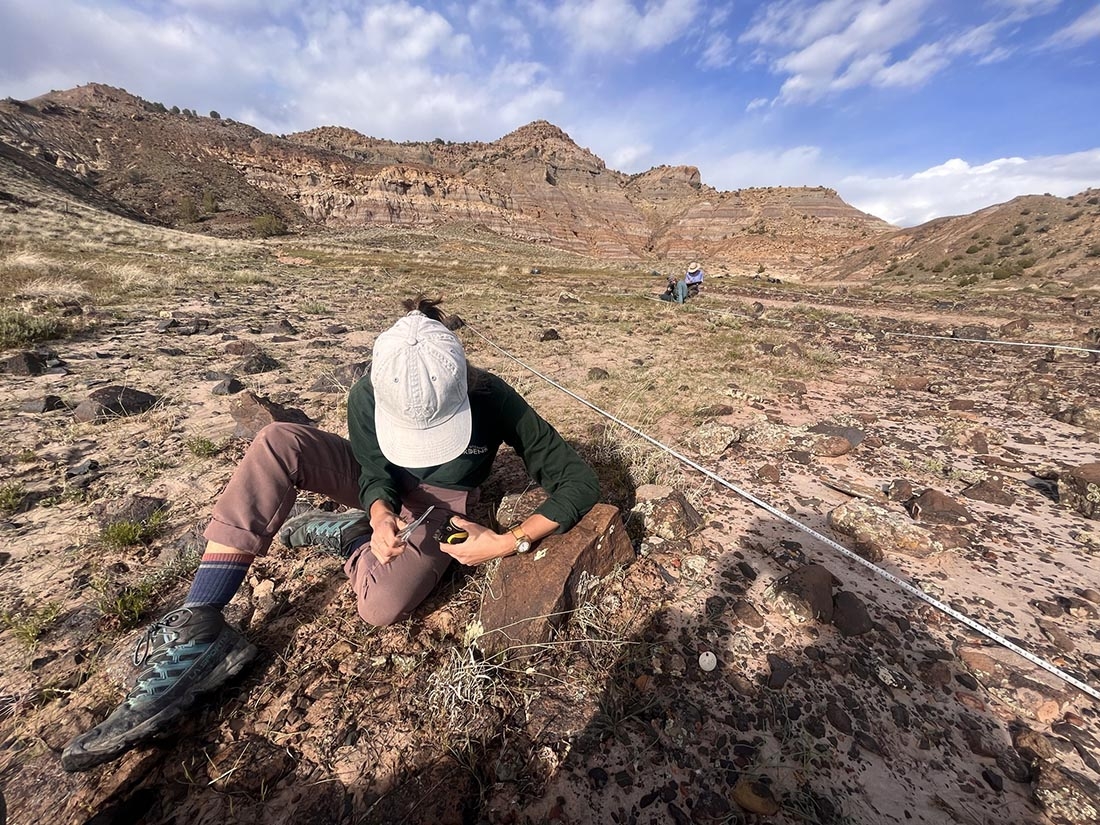

Add new comment